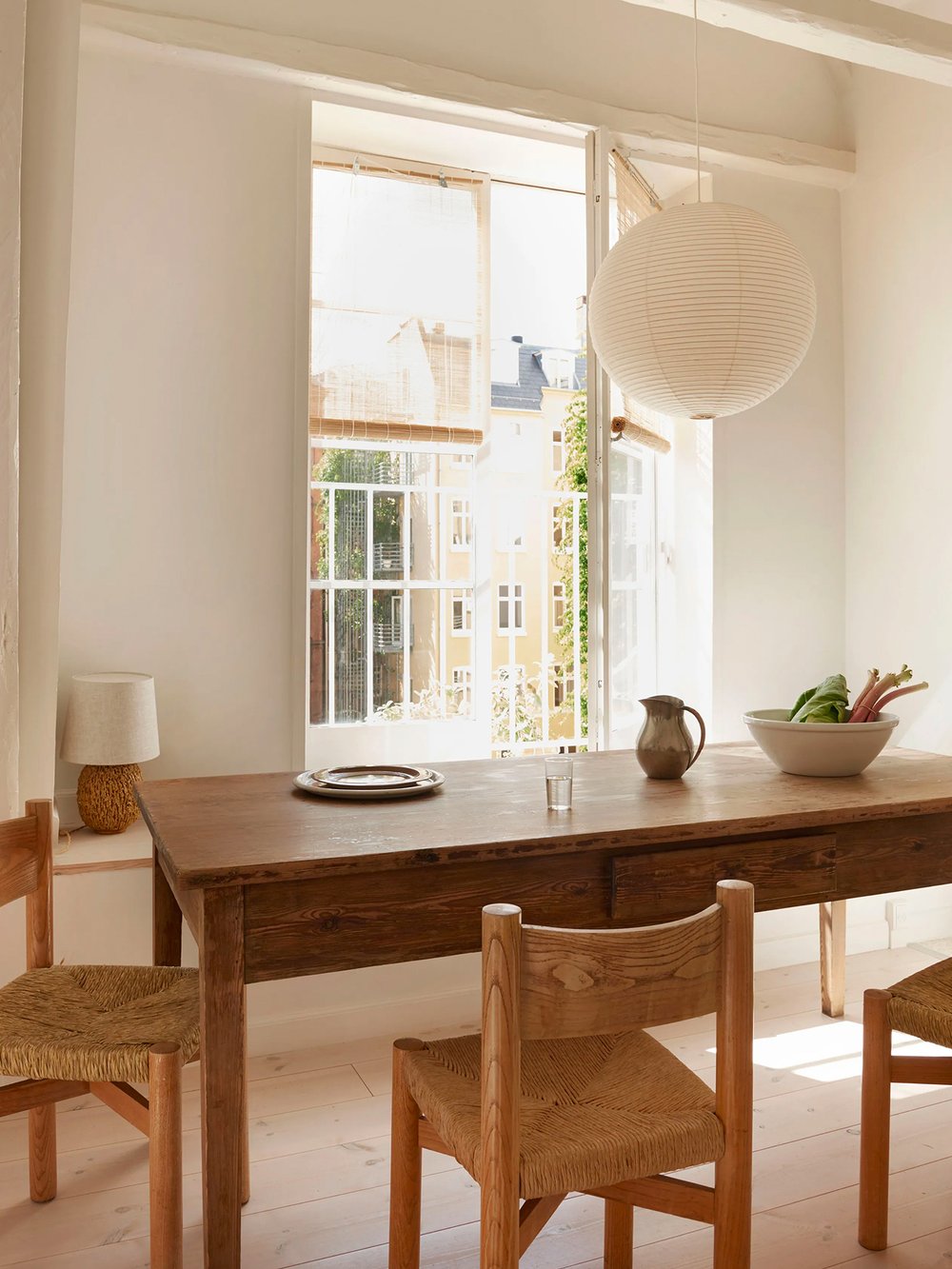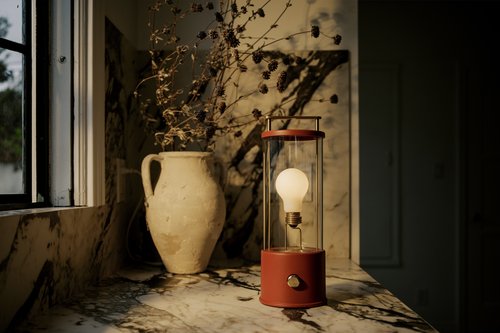
5 min read
Illuminating Health: The Impact of Light in Our Homes
WLLW explores the transformative power of home lighting on mood, sleep and overall wellness.
Few things feel more rejuvenating than sunbeams streaming into the kitchen in the morning or a Saturday afternoon nap on the couch in a warm pool of sun. And there’s a reason for this: natural light is good for us and important for our mental and physical health.
Natural light helps regulate our visual and circadian systems, entering through the eye, where it is sensed by photoreceptors in the retina. Humans are diurnal, meaning we are all innately prone to wakefulness during the day and sleepiness at night. “Light exposure stimulates the circadian system, which starts in the brain and regulates physiological rhythms throughout the body’s tissues and organs, such as hormone levels and the sleep-wake cycle,” says physician and sleep researcher Charles Czeisler.
We all have internal clocks that synchronize via different environmental cues on a roughly 24-hour cycle. This is what’s known as our circadian rhythm. The most important cue is light and to maintain optimal, properly synchronized rhythms, the body requires periods of both light and darkness.
Multiple studies have shown that exposure to light can affect how our bodies recover and heal. Natural light also helps the body produce vitamin D, which is essential for building strong bones, reducing inflammation, and maintaining a healthy immune system. When it comes to mental health, sunlight also has an impact on our mood and has been directly linked to reducing symptoms of depression and anxiety.
When our circadian rhythms are in sync, this often leads to better sleep habits, which can have positive impacts on our energy levels throughout the day. Disruption (or desynchronization) of the circadian rhythm meanwhile has been linked to all manner of health problems, including obesity, diabetes, depression and metabolic disorders.
Integrating daylight to create holistic interior lighting strategies that focus on health, visual acuity and comfort are key. But given that we spend much of our waking days indoors if you don’t get enough natural light in your home, this could be damaging to your overall health.


There are actually three different types of natural lighting – a fact most people are surprised by. The first is daylight, which relies on windows and skylights to access natural light. The second is external reflection, which is light reflecting off ground surfaces, adjacent buildings, light shelves, and wider windowsills.
The third is internal reflection, which is light reflecting off internal walls, ceilings and the floors of your home. Internal reflection also includes glossy reflective surfaces, light-colored finishes, and mirrors around a room. An appreciation and control of each of these types of natural lighting can help you to access their benefits.

It probably doesn’t come as a surprise that windows make all the difference when it comes to maximizing natural light in the home. Window size and knowing which way they face can help you maximize your sunlight exposure. In the US and the rest of the northern hemisphere, south-facing windows receive the greatest amount of natural light during the day. As the sun rises in the east and sets in the west, the same applies to an east-facing home in the early morning and a west-facing house in the late afternoon.
There isn’t a one-size-fits-all answer for the ideal amount of natural light that should be in a home, and balancing access to it comes down to factors including housing type, design, and orientation as well as geographical location, climate and time of year. The goal is to aim for a steady flow of diffused light throughout the day, maximizing daylighting, or the use of windows and skylights to capture as much natural light as possible.


Note the light patterns in your home to orient furniture in a way that optimizes the natural light, creating a layout that allows you to spend your time in spaces where the daylight is at its strongest. Go one step further and consider the overall layout of your home. Don’t be afraid to swap living spaces if for instance the living room and dining room would benefit from the light at a different time of day – one that might better suit your lifestyle.
Consider a lighter color palette as this can help to maximize the internal reflections in your home. Take advantage of mirrors, positioning them where the daylight comes in to reflect it back into the room. Incorporate some metallic and glossy finishes which can also help to optimize the light levels within a space.
Light-colored floor-to-ceiling curtains installed above a window frame at ceiling height and extended at the sides – allowing the fabric to be pulled clear of the glazing when open – will not only enlarge the look of your window but will also maximize the amount of light in a room.
The location of trees and large bushes might be obstructing the natural light in your home. Trim overgrown bushes or tree limbs in front of a window to increase the amount of daylight.
Photography: Katrine Rohrberg, Billal Baruk Taright, Shinichi Adachi and Ollie Tomlinson, Keiji Ashizawa and Norm Architects

5 min read
WLLW explores the transformative power of home lighting on mood, sleep and overall wellness.

3 min read
Tala designs low-impact LED lighting that enhances living spaces while fostering wellbeing and environmental responsibility.